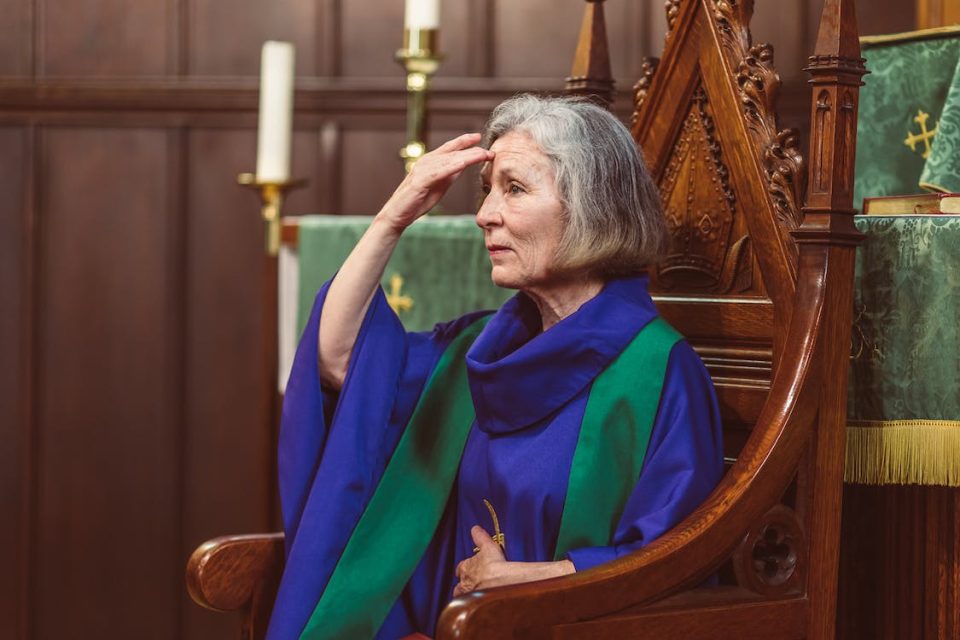
The role of women in temple leadership has been a topic of debate and discussion for centuries. Women’s role in the temple has changed significantly over time, as societies and cultures have evolved, and religious practices have transformed. In this essay, we will explore the history of women’s roles in temple leadership from ancient times to the present day.
In ancient times, women played a significant role in religious life. In many cultures, women were regarded as goddesses and were worshiped as such. The earliest records of this can be found in ancient Egypt, where the goddess Isis was venerated as the supreme mother goddess. Women held positions of power in the temples of Isis, serving as priestesses and oracles, and playing an essential role in the worship of the goddess.
In ancient Greece, women also held important roles in religious life. The priestesses of the Oracle of Delphi were women who were believed to be able to communicate with the gods. They held tremendous power and influence, and their words were taken as divine guidance.
In ancient India, women played a central role in temple worship. The devadasi tradition, in which young girls were dedicated to the temple and trained in dance and music, was an essential part of temple life. These girls were considered to be married to the deity and served as intermediaries between the worshippers and the gods.
As time passed and societies evolved, the role of women in temple leadership changed. In many cases, women were excluded from leadership positions, and their role in temple life became more restricted. This was particularly true in the Abrahamic religions, where women were often excluded from positions of power and authority in the temple.
In Judaism, women were not allowed to be priests or hold any leadership roles in the temple. Instead, their role was limited to that of worshipper and homemaker. In Christianity, women were excluded from the priesthood until the 20th century, and even today, many denominations do not allow women to become priests.
In Islam, women were not allowed to lead prayers in the mosque or hold positions of authority in the temple. Their role was limited to that of worshipper and homemaker.
However, despite these limitations, women continued to play an essential role in temple life. In many cases, women were the primary caretakers of the temple, and their contributions were crucial to the temple’s functioning. Women were often responsible for preparing the temple for worship, cleaning and maintaining the sacred space, and providing hospitality to worshippers.
In recent years, there has been a growing recognition of the importance of women’s voices and leadership in religious life. Many temples and religious organizations have begun to actively seek out and promote women to leadership roles, recognizing the value and diversity that women bring to the temple community.
In Hinduism, the tradition of devadasis has been revived in some temples, and women are once again playing a central role in temple worship. In the United States, there are a growing number of women rabbis and female pastors, and women are increasingly being welcomed into leadership roles in mosques and Islamic organizations.
However, there is still much work to be done to ensure that women are fully represented in temple leadership. Women continue to face barriers and discrimination in many religious traditions, and their contributions are often overlooked or undervalued. It is essential that we continue to work towards greater gender equality in religious life, and recognize the important role that women have played in the history of temple leadership.
In conclusion, the role of women in temple leadership has evolved significantly over time. From ancient times, where women played a central role in temple life, to the present day, where women continue to fight for greater representation and recognition in religious leadership roles. While progress has been made, there is still much work to be done to ensure that women’s voices are heard and their contributions are valued equally to men’s in temple leadership. It is essential to continue promoting gender equality in all aspects of religious life and ensure that women have the same opportunities to serve in leadership roles and make meaningful contributions to their communities.
In addition to promoting greater representation of women in temple leadership, it is also important to recognize and address the underlying cultural and social factors that contribute to gender inequality in religious life. Traditional gender roles, patriarchal attitudes, and cultural biases can all act as barriers to women’s full participation in temple leadership. By promoting education and awareness about these issues, and working to address them at all levels of society, we can help create a more inclusive and equitable future for women in religious life.
In conclusion, the role of women in temple leadership has undergone significant changes over time. While women played important roles in ancient times, many religious traditions have excluded women from positions of power and authority in the temple. However, in recent years, there has been a growing recognition of the importance of women’s voices and leadership in religious life, and efforts are being made to promote greater gender equality in temple leadership. By continuing to work towards greater representation and recognition of women in temple leadership, and addressing the underlying cultural and social factors that contribute to gender inequality, we can help create a more inclusive and equitable future for all.







